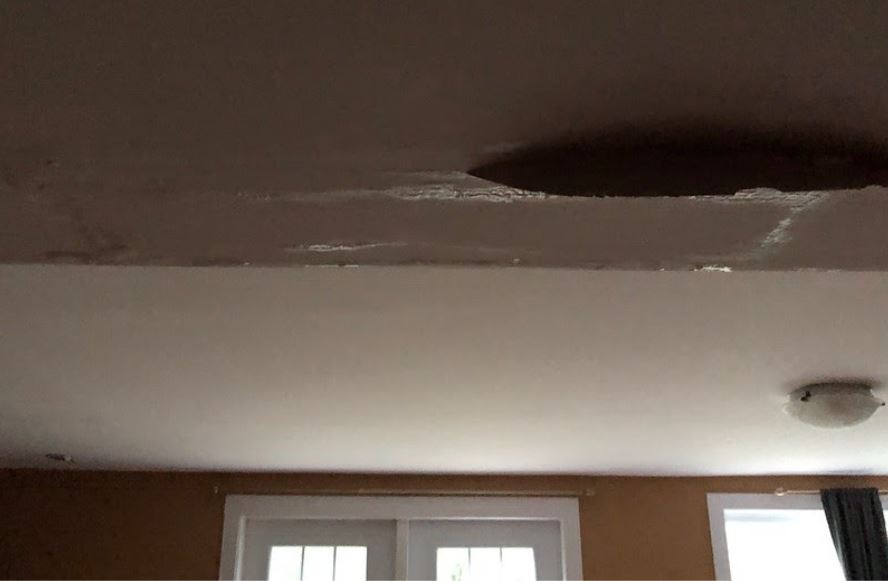Understanding the Six Most Common Water Leak Sources in Your Home
Understanding the Six Most Common Water Leak Sources in Your Home
Blog Article
The content in the next paragraphs pertaining to How to detect water leaks in your home is unquestionably enjoyable. Don't miss it.

Leakages not only trigger waste of water yet can additionally create unneeded damage to your house and promote undesirable natural development. By understanding and also looking for everyday scenarios that trigger leakages, you can secure your residence from future leaks as well as unneeded damage.
Trespassing origins
Many water leakages begin outside the house instead than inside it. You may notice damp patches or sinkholes in your lawn, and that could imply that tree roots are invading water lines triggering water to seep out.
Corroded water systems
This could be the reason of staining or warping on your water pipes. If our plumbing system is old, consider changing the pipes since they are at a higher threat of corrosion than the more recent versions.
Malfunctioning Pipe Joints
Pipe joints can deteriorate over time, resulting in water leakages. If you have noisy pipelines that make ticking or banging sounds, specifically when the hot water is turned on, your pipeline joints are possibly under a great deal of stress.
Instantaneous temperature changes.
Severe temperature level changes in our pipes can create them to increase as well as contract suddenly. This expansion and also contraction might trigger cracks in the pipelines, specifically if the temperature level are below cold.
Poor Water Connectors
At times, a leak can be triggered by loose tubes and also pipelines that provide your home appliances. In situation of a water connections leakage, you might observe water running directly from the supply line or pools around your home appliances.
Clogged Drains
Blocked drains may be irritating and also inconveniencing, however they can sometimes end up causing an overflow bring about rupture pipes. Keep getting rid of any kind of products that might go down your drains pipes that might obstruct them to stay clear of such troubles.
All the above are sources of leakages yet not all water leaks result from plumbing leakages; some leakages may originate from roofing system leaks. All leaks must be repaired instantly to prevent water damage.
Leakages not only cause waste of water however can also cause unnecessary damage to your home and also advertise unwanted organic development. By looking and also recognizing for daily situations that create leakages, you can protect your house from future leakages and unnecessary damage. Today, we will look at six leak causes that may be creating your pipelines to trickle.
At times, a leakage can be created by loosened tubes and pipelines that supply your appliances. In case of a water connections leak, you may discover water running directly from the supply line or puddles around your devices.
TYPES OF WATER LEAKS YOU SHOULD BE FAMILIAR WITH
Shower Fixture Water Leaks
If you notice a water leak near your shower fixture, perform an inspection to confirm if you are able to find broken caulk lines. As your shower fixture becomes older, it is not uncommon for water to leak onto the other side of the frame. To fix this type of plumbing leak, scrape off the old caulk and run a new bead of it around the shower fixture to seal up any fractured crevices and holes.
Bathtub Drainage Water leaks
To fix this type of leak in a bathtub, remove the drain flange and clean it. Next, you should also remove the rubber gasket located beneath the tub’s drain hole. Buy a replacement gasket that matches the old version and install it in the same location. Once the drain flange and rubber gasket are installed, apply a small amount of silicone caulk to the drain to prevent water leakage below your tub.
Water Pipe Leaks Behind Walls
Issues such as discolored grout and loose shower tiles may be caused by a water pipe leak behind the walls in your bathroom. To fix this plumbing leak, you will be required to remove the tiles, grout, or caulk in your shower. Once the tiles in your shower have been removed, perform an inspection of the drywall to confirm if it’s moist or wet. If you notice water marks or mold on the wall, this is an indicator of a water pipe leak.
Toilet Leaks
Nobody likes a toilet leak. It can cause water damage to the subfloor, joists, or even the ceiling in the room below. To combat this type of water leak, you will need to reinstall your toilet with a brand new ring of wax. If the toilet sits uneven, be sure to add toilet shims to correct the issue. Do you notice a broken bolt slot or flange? We recommend performing a new metal flange installation to remediate this issue.
Sink Water Leaks
To prevent damage to the beautiful counter tops in your kitchen or bathroom, tighten the base of your sink to prevent a water leak. Next, scrape away any old caulk around the sink and apply a fresh coat. Prior to using the kitchen or bathroom sink, you will need to secure the fixture to the countertop with the clips located beneath the sink rim to prevent a water leak.
https://www.fenwickhomeservices.com/blog/6-types-of-water-leaks-you-should-be-familiar-with/

As a serious person who reads about How to detect water leaks in your home, I figured sharing that excerpt was worth the trouble. Are you aware of another person who is interested in the topic? Take a moment to share it. I take joy in reading our article about How to Find Water Leaks.
Get Offer Report this page